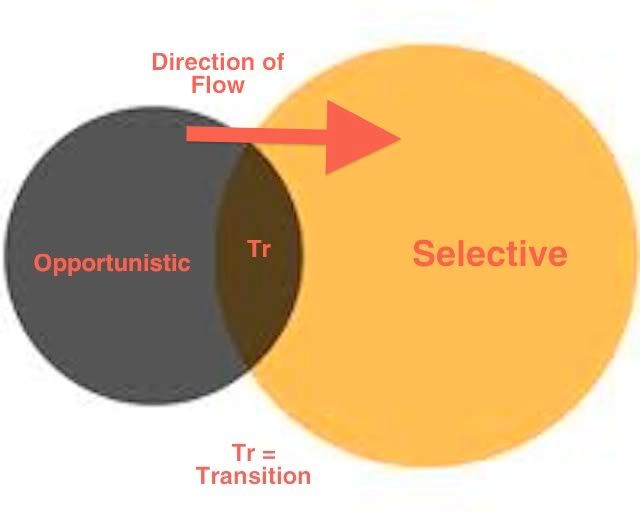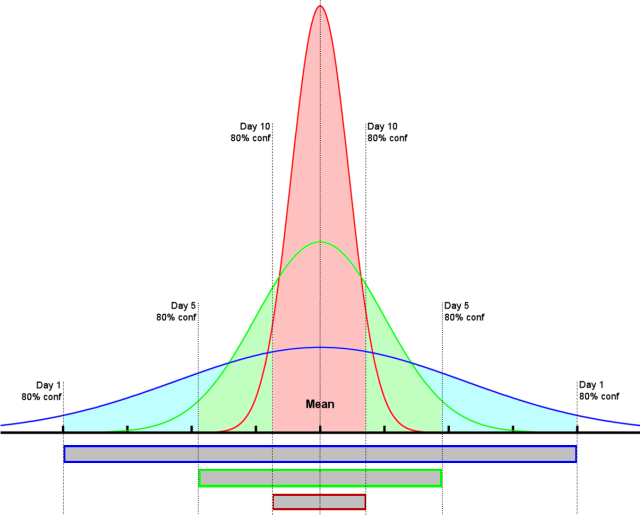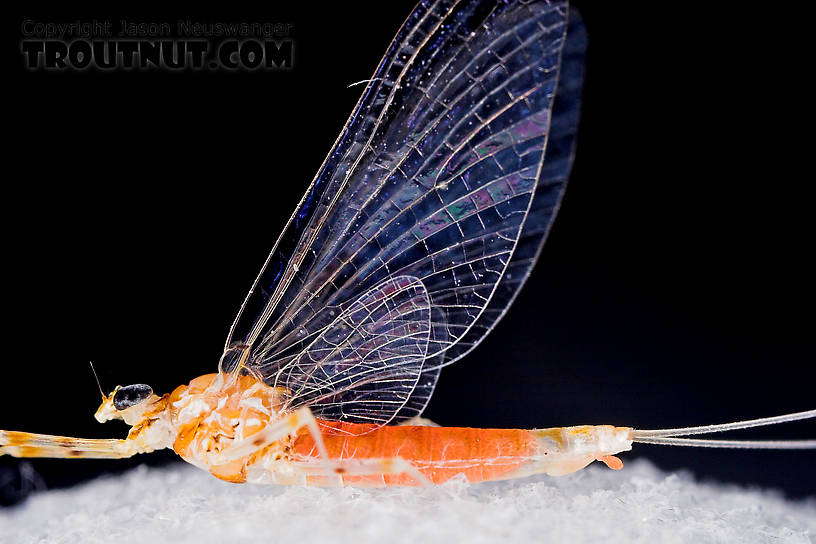nefarious_1_
Active member
I'm new to fly fishing and received a number of flies as gifts as well as bought quite a bit myself to start out. I have several different colors of spinner (mainly rusty, mahogany, cream/sulfur, and olive) and have begun to realize that just about every spinner I see on the water is rusty or cream in color. Granted I've only fished in the East so far...
I did some research and found that the vast majority of spinners are these two colors or can be imitated by them. So why have so many other colors? Is it just to sell more flies (the saying that most fishing lures are made for fisherman comes to mind) or are there actually some spinners that exist in olive, red, or varying colors?
I did some research and found that the vast majority of spinners are these two colors or can be imitated by them. So why have so many other colors? Is it just to sell more flies (the saying that most fishing lures are made for fisherman comes to mind) or are there actually some spinners that exist in olive, red, or varying colors?
Last edited:








